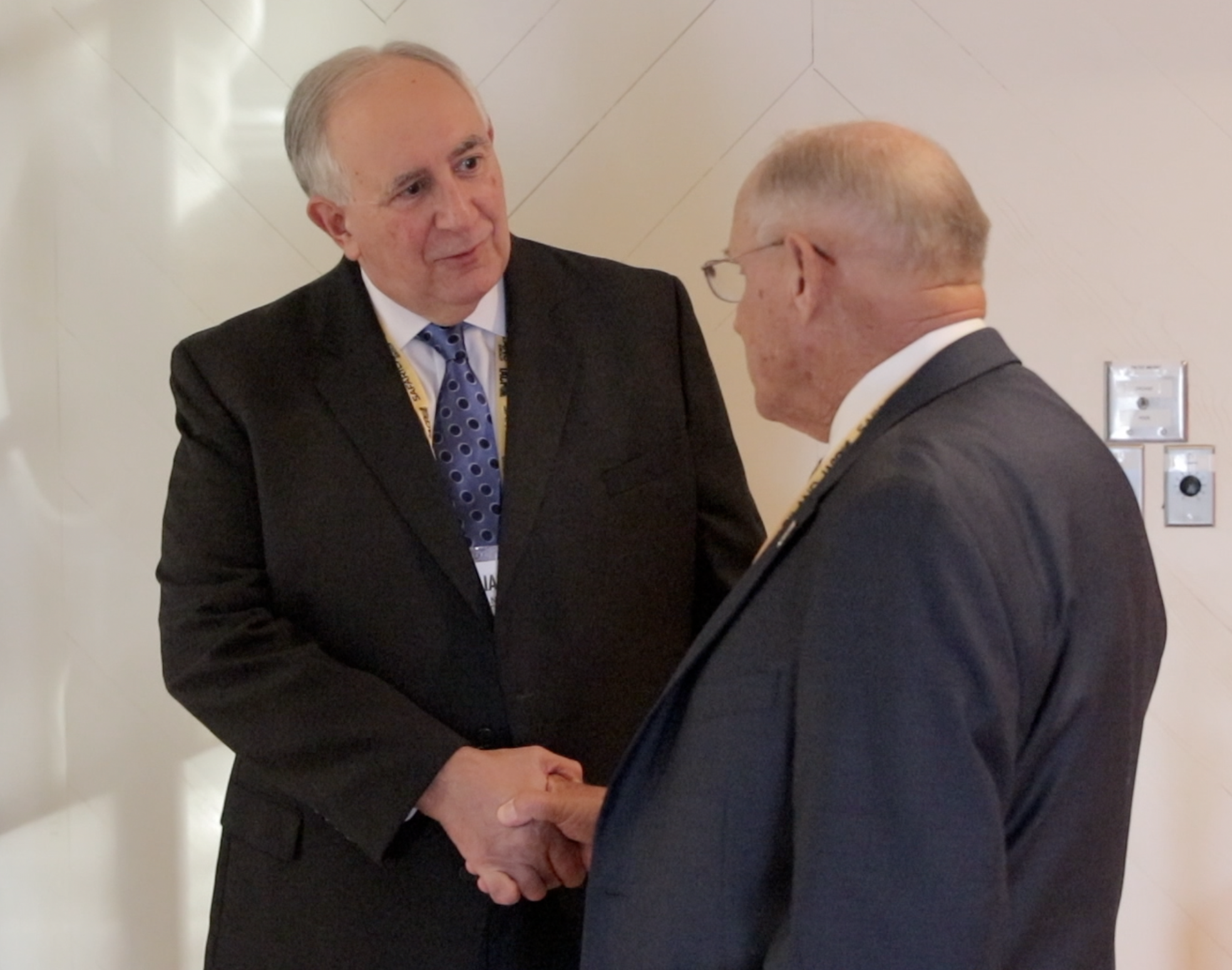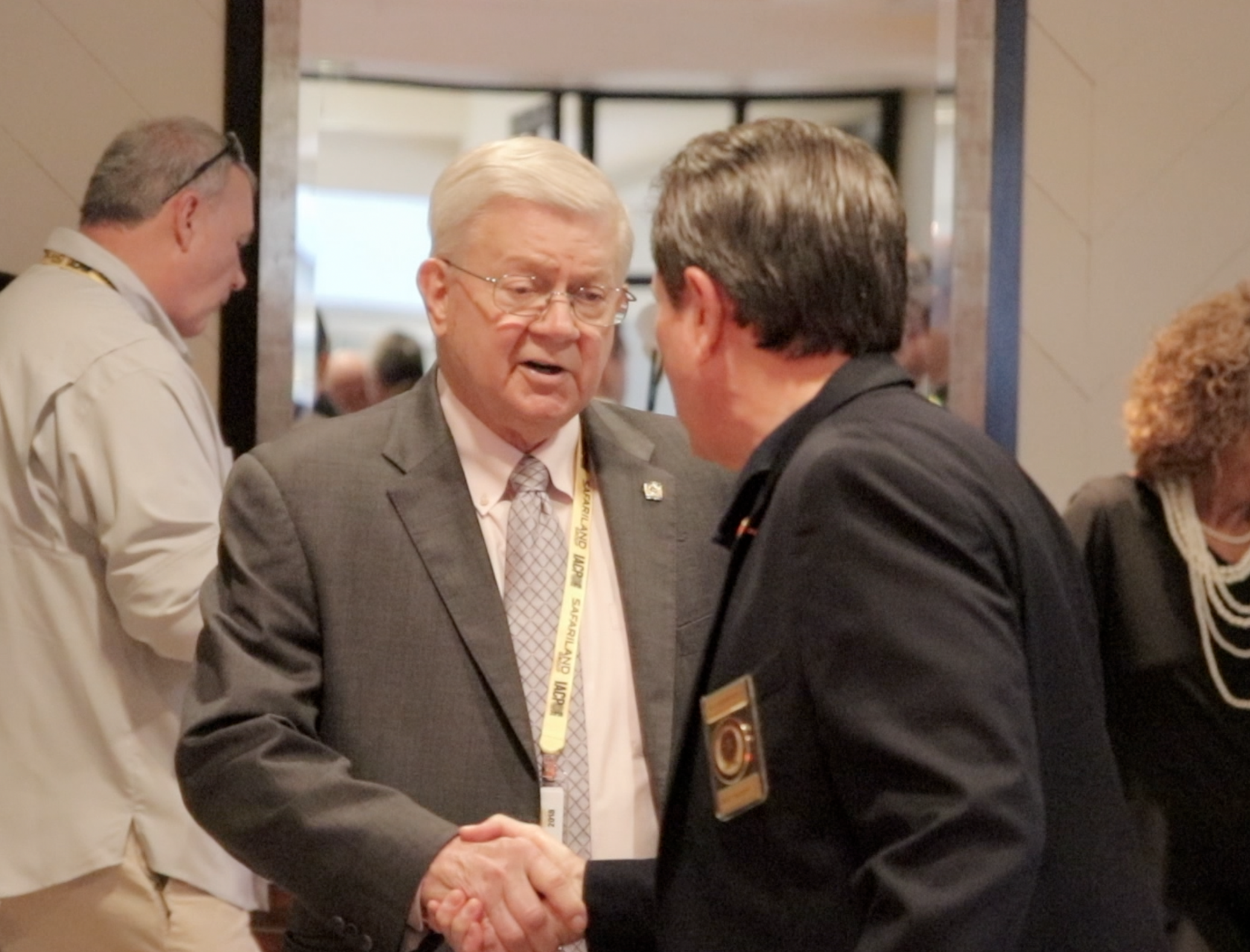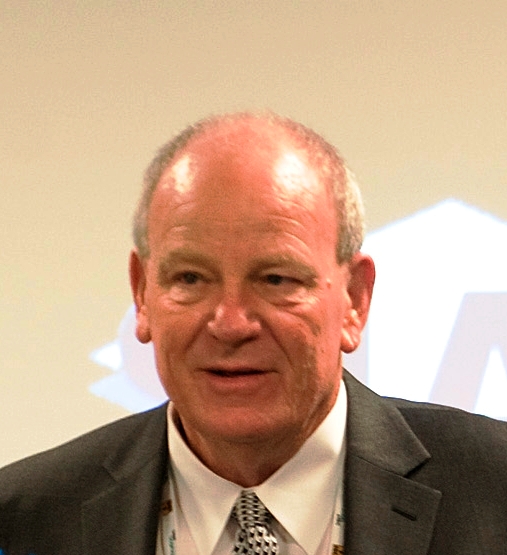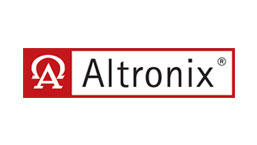SIAC Recognizes Ron Walters for His Contribution to Our Industry
TMA learned of the passing of Ron Walters, a highly respected and much beloved contributor to the security industry. The following is a reprint of a press release distributed by SIAC.
Frisco, Texas (April 30, 2018) – Ronald “Ron” Walters has retired as director of the Security Industry Alarm Coalition (SIAC) after a stellar career that included work in law enforcement, corporate security, an alarm company owner and director of the Security Industry Alarm Coalition.
“Ron’s leadership role in our industry helped lay the foundation for creating SIAC. He would fly to a city on a moment’s notice and meet with adversarial city council members to convey our factual information,” said Stan Martin, SIAC executive director. “He was very effective and everyone in our industry has benefited from his groundbreaking work with dealer education and standards development related to alarm management.”

Walters gained prominence through his work on a number of industry issues. Among them was his role in the Model States Program in 1997. Walters was selected to coordinate data collection in the state of Florida, working with more than 30 police departments to study the causes and potential solutions of false alarm dispatches. The results were combined with information from three additional states ending with the publication and distribution of the Model States Report in 1998, a document that still influences the industry today. He also contributed to the Coordinated Alarm Reduction Effort (CARE) led by the NBFAA and IACP from 1999-2003.
In 2004, Walters received the prestigious William N. Moody award that acknowledges individuals “who unselfishly give of their time and talents to alarm management issues and who reflect the attributes of Bill Moody which include integrity, fairness and perseverance in the face of adversity.” Very unique qualities in honor of a very special person indeed.
“It has been a real privilege to work with my colleagues at SIAC as well as leaders in law enforcement and elected officials throughout the country,” said Walters. “Our industry would be in a much different place today if we had not come together with law enforcement to develop real solutions to the false alarm issues while maintaining police response to alarms.
“I think we all know that the fight isn’t over and that there are still individuals who unfairly attack our industry and try to undermine its ability to protect citizens and property,” he said. “We must continue to be vigilant and support SIAC’s efforts, or we will continue to face misguided legislation that can have a severe impact in our industry.”
“It has been a real privilege to work with Ron,” said Martin. “I know his family will enjoy spending more time with him, and Ron can enjoy some downtime from a long and successful career.”
“When I walked into the Miami Police Academy in 1968 I never dreamed I would spend the next 50 years working every day to keep people safe,” said Walters. “Here I am at the end of two decades of working for our industry and for alarm users everywhere. In that capacity I have traveled well over a million miles, visited virtually every state, made hundreds of presentations and most important met thousands of some of the best people in the world. Thank you all for the many great memories.”







 Ronald “Ron” Walters has retired as director of the Security Industry Alarm Coalition (SIAC) after a stellar career that included work in law enforcement, corporate security, an alarm company owner and director of the Security Industry Alarm Coalition.
Ronald “Ron” Walters has retired as director of the Security Industry Alarm Coalition (SIAC) after a stellar career that included work in law enforcement, corporate security, an alarm company owner and director of the Security Industry Alarm Coalition.
 Photo: Marietta (GA) Police Chief Dan Flynn and SIAC Law Enforcement National Liaison Glen Mowrey Present Security Industry Alarm Coalition Directors Award of Distinction for Excellence in Alarm Management to Atlanta (GA) Police Assistant Chief Rodney Bryant.
Photo: Marietta (GA) Police Chief Dan Flynn and SIAC Law Enforcement National Liaison Glen Mowrey Present Security Industry Alarm Coalition Directors Award of Distinction for Excellence in Alarm Management to Atlanta (GA) Police Assistant Chief Rodney Bryant.





